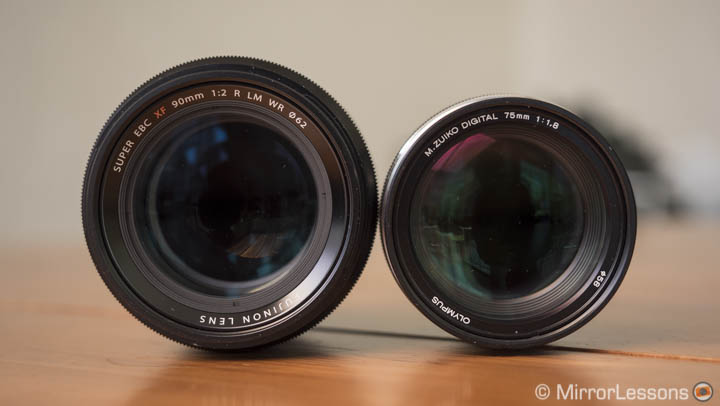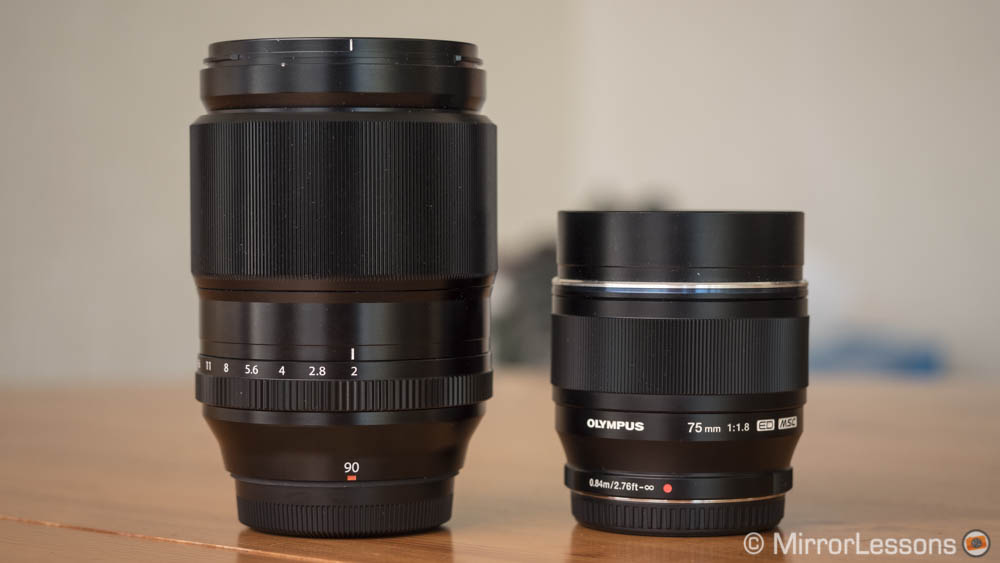Dear reader, thank you for visiting our website. The article you are looking for – Fujifilm 90mm vs. Olympus 75mm– has been transferred over to our new comparison website (you can find the link in the comments below). We apologize for the inconvenience.
If you are looking for information about the Fuji 90mm or Olympus 75mm, you can check our individual reviews below:

